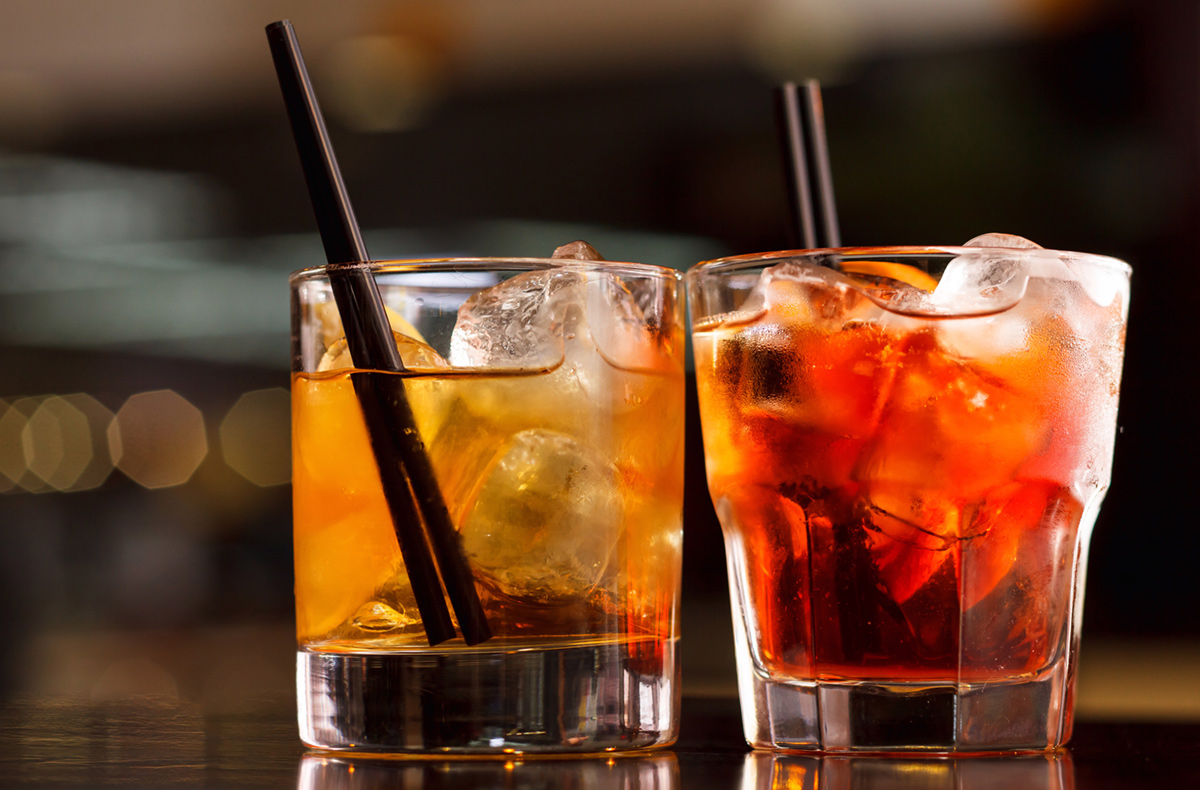Alcohol Use Disorder (AUD): AUD is a chronic relapsing brain disease characterized by an impaired ability to stop or control alcohol use despite adverse social, occupational, or health consequences. AUD can range from mild to severe, and recovery is possible regardless of severity. The fourth edition of the Diagnostic and Statistical Manual of Mental Disorders (DSM–IV), published by the American Psychiatric Association, described two distinct disorders—alcohol abuse and alcohol dependence—with specific criteria for each. The fifth edition, DSM–5, integrates the two DSM–IV disorders, alcohol abuse and alcohol dependence, into a single disorder called alcohol use disorder, or AUD, with mild, moderate, and severe subclassifications.
Binge Drinking:
NIAAA defines binge drinking as a pattern of drinking that brings blood alcohol concentration (BAC) levels to 0.08 g/dL. This typically occurs after 4 drinks for women and 5 drinks for men—in about 2 hours.30
The Substance Abuse and Mental Health Services Administration (SAMHSA), which conducts the annual National Survey on Drug Use and Health (NSDUH), defines binge drinking as 5 or more alcoholic drinks for males or 4 or more alcoholic drinks for females on the same occasion (i.e., at the same time or within a couple of hours of each other) on at least 1 day in the past month. 31
Heavy Alcohol Use: SAMHSA defines heavy alcohol use as binge drinking on 5 or more days in the past month.
Patterns of Drinking Associated with AUD: Binge drinking and heavy alcohol use can increase an individual’s risk of AUD. The U.S. Dietary Guidelines recommend that if alcohol is consumed, it should be in moderation, defined as up to one drink per day for women and up to two drinks per day for men, and only by adults of legal drinking age. Some individuals should avoid alcohol completely.
Alcohol-Impaired-Driving Fatality: A fatality in a crash involving a driver or motorcycle rider (operator) with a BAC of 0.08 g/dL or greater.
Disability-Adjusted Life-Years (DALYs): A measure of years of life lost or lived in less than full health.
Underage Drinking: Alcohol use by anyone under the age of 21. In the United States, the legal drinking age is 21.
30 National Institute on Alcohol Abuse and Alcoholism (NIAAA). NIAAA Council Approves Definition of Binge Drinking. NIAAA Newsletter, No. 3, Winter 2004. Available at: https://pubs.niaaa.nih.gov/publications/Newsletter/winter2004/Newsletter_Number3.pdf. Accessed 9/19/16.
31 Substance Abuse and Mental Health Services Administration (SAMHSA). Binge Drinking: Terminology and Patterns of Use, 2016. Available at: https://www.samhsa.gov/data/report/2017-methodological-summary-and-definitions. Accessed 1/18/17.




